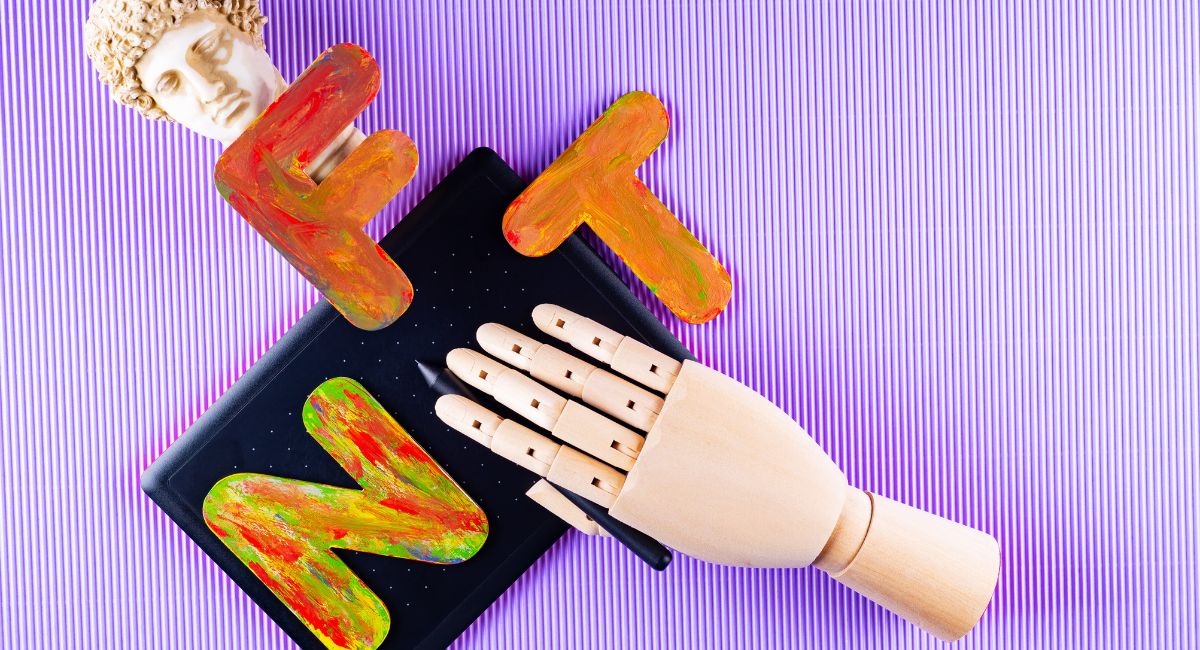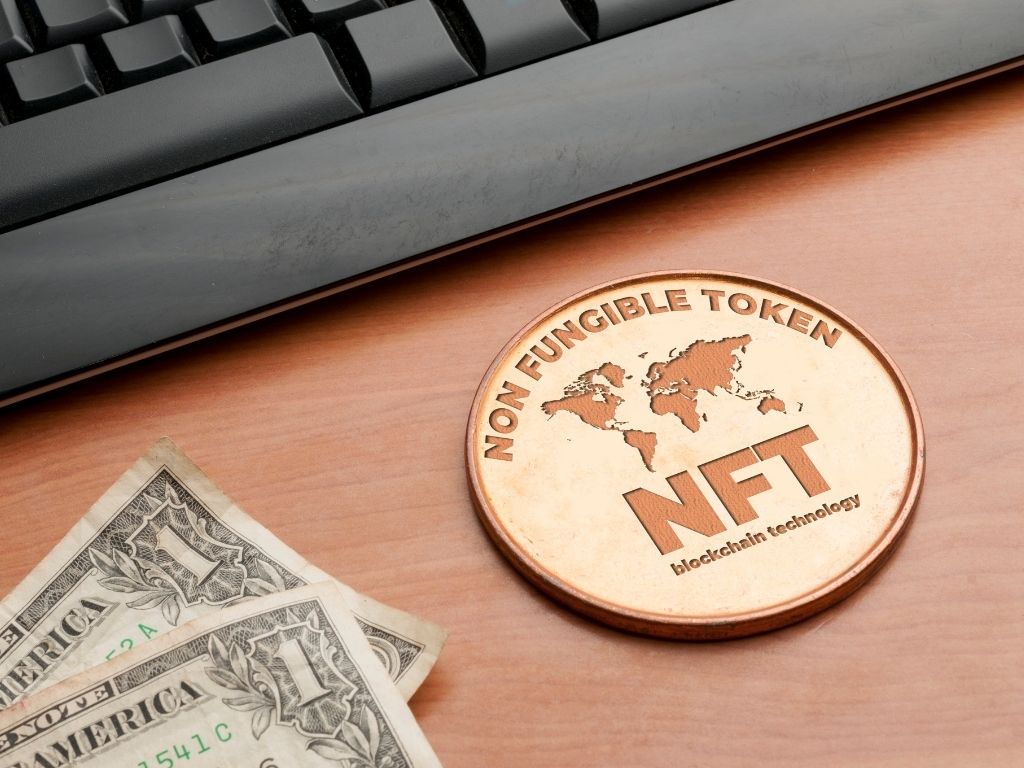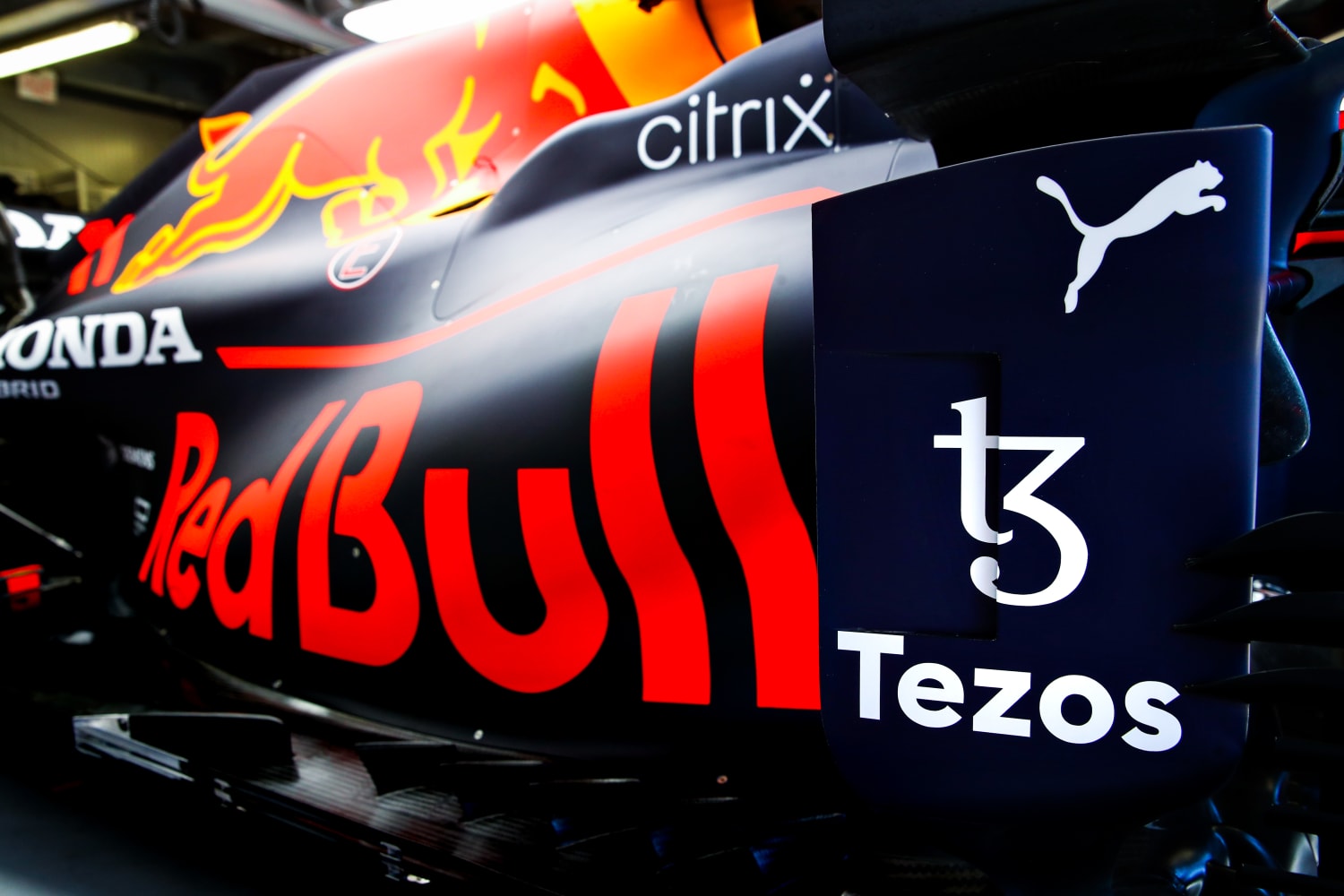Top Five AI NFT Projects That Represents Traditional Art
Given how well generative art has done in both the NFT and traditional art worlds, the idea of using code and computers has become one of the most popular trends in both. But what if we could keep going? What if, instead of using code to make art algorithmically, the code made art by hand, like a real artist? We now know what to do. It’s made by AI. Let’s talk about the top 5 AI NFT projects that represent traditional art.
With AI art-making tools like Craiyon and Midjourney becoming more common, it’s never been easier to start making art. Still, these tools have led to a never-ending debate about whether artists who use AI tools a lot to make their art can even be called artists. Then they can? If this list of AI artists and NFT projects that are doing well in the NFT space and beyond is any indication, the answer is an emphatic yes.
Claire Silver
An anonymous multidisciplinary artist, Claire Silver, talked about the growing worries about AI art. Silver didn’t see AI tools as a way for artists to outsource their creative work artificially. Instead, he compared them to the camera, which made artists at the time think twice. And just like the camera led to an art movement that focused on showing the world around us, AI tools allow artists to take snapshots of whatever they see in their minds.
Given how Silver sees AI tools fitting into an artist’s tool belt, it’s not surprising that her work in the NFT space still has a human feel. Silver’s website discusses themes like “vulnerability, trauma, disability, social hierarchy, innocence, and divinity.” Her work also shows a new truth in the NFT art world that is becoming more popular: taste is a new skill.
Sasha Stiles
Early 2022 made it possible for AI artists to become famous in pop culture. Late 2022 did the same thing for AI writers of all kinds. When ChatGPT came out in November 2022, the whole world saw how far AI technology had come and how much it could do. With this tool, users can ask the bot a wide range of questions, and the bot can even do what they ask if it makes sense. So, how does this fit into the world of non-fiction texts, which is mostly about audiovisual art?
Sasha Stiles comes along. She is one of the most vocal supporters of literary NFTs and the growing AI NFT art movement. Her work in NFT has mostly been bridging the text and technology gap. She does this by combining her lifelong love of poetry and literature with her work as an AI researcher. Even though these fields of interest may seem different on paper, her two main interests came together when BINA48 came out. BINA48 is a humanoid AI robot that is surprisingly well-read, and Stiles makes it her poetry mentor. Stiles is also known in the NFT space for co-founding theVERSEverse, a crypto literary collective that talks about how Web3 technologies can change and improve the lives and work of literary practitioners around the world.
Entropy Cards
Over the course of ten months, digital artist NA1 looked for a way to push his generative-adversarial networks (GANs) and other AI tools to their absolute limits. How? With the help of AI platforms, a set of NFT trading cards with art, flavour text, and everything else was made. So, Entropy Cards is the final name for this huge project.
Cards of Entropy pic.twitter.com/J3gI0HhOtg
— Pak (@muratpak) October 24, 2019
This project was unusual because it had as little direct human input as possible. It’s basically a full-fledged collectible card game made by telling several AI tools to work together. The first step was to teach AI models how to play different collectible card games by looking at each card’s art and flavour text. NA1 and the rest of the Entropy Cards team then told the ChatGPT predecessor GPT-3 to spit out text prompts to feed into the GAN used for the project, along with any text each card might have. Even though AI tools seemed to do all the work, the Entropy Cards team had to carefully select and guide the cards to make sure they still made some sense.
Also, read – Top Five Interesting NFT Projects Bringing The Future Of Web 3.0
Artsy Monke
What could be the next step after generative PFP NFTs, if there is one? Why AI-made PFP NFTs that can make new ones? So, what better way to see if this idea works than to try to make the Bored Ape Yacht Club, one of the most popular NFT collections of all time, with AI tools?
When Crypto Grims, the creator of Artsy Monke, found the Google computing platform Colab, he immediately thought of trying to see if he could ask this AI tool to make pictures in the style of famous artists. As described in a blog post on Bored Panda, he was eventually able to “train a neural network to paint a cartoon punk in the style of Picasso.” Grims worked on what would become the Artsy Monke collection a few months later when he had better AI platforms to work with.
BOTTO
The world of AI art doesn’t have to be a lonely place. In fact, whole communities have come together to support the new AI tools that people in the NFT space can now use. Botto, an AI artist and NFT project, is the most interesting of these. Its goal is to use generative adversarial networks (GANs) through a Web3 lens. Instead of just one person giving Botto text prompts, the group as a whole decides the direction of each piece he makes. In short, it’s a way to make AI NFT art that doesn’t depend on a single place.
After the AI artist has gone through several rounds of getting feedback from the community and making changes based on that feedback, the process is finished with the minting and sale of a single NFT. Its credited author isn’t just the AI artist, of course. Everyone in the community had a hand in making the final product what it was.
Stay informed with daily updates from Blockchain Magazine on Google News. Click here to follow us and mark as favorite: [Blockchain Magazine on Google News].
Get Blockchain Insights In Inbox
Stay ahead of the curve with expert analysis and market updates.
latest from tech
Disclaimer: Any post shared by a third-party agency are sponsored and Blockchain Magazine has no views on any such posts. The views and opinions expressed in this post are those of the clients and do not necessarily reflect the official policy or position of Blockchain Magazine. The information provided in this post is for informational purposes only and should not be considered as financial, investment, or professional advice. Blockchain Magazine does not endorse or promote any specific products, services, or companies mentioned in this posts. Readers are encouraged to conduct their own research and consult with a qualified professional before making any financial decisions. The featured image used is just a creative depiction of the title and it does not intend to hurt sentiments of any person or institution. If it hurts anyone sentiments, please do not hesitate to reach out to Blockchain Magazine.

 Bitcoin
Bitcoin  Ethereum
Ethereum  XRP
XRP  Tether
Tether  Solana
Solana  USDC
USDC  Dogecoin
Dogecoin  Cardano
Cardano  Lido Staked Ether
Lido Staked Ether  TRON
TRON  Chainlink
Chainlink  Avalanche
Avalanche  Wrapped stETH
Wrapped stETH  Wrapped Bitcoin
Wrapped Bitcoin  Stellar
Stellar  Sui
Sui  Toncoin
Toncoin  Hedera
Hedera  Shiba Inu
Shiba Inu  WETH
WETH  Polkadot
Polkadot  LEO Token
LEO Token  Litecoin
Litecoin  Bitget Token
Bitget Token  Bitcoin Cash
Bitcoin Cash  Uniswap
Uniswap  Hyperliquid
Hyperliquid  USDS
USDS  Wrapped eETH
Wrapped eETH  Official Trump
Official Trump  Pepe
Pepe  Ethena USDe
Ethena USDe  NEAR Protocol
NEAR Protocol  Aave
Aave  Aptos
Aptos  Internet Computer
Internet Computer  Ethereum Classic
Ethereum Classic  Ondo
Ondo  WhiteBIT Coin
WhiteBIT Coin  Mantle
Mantle  Monero
Monero  Cronos
Cronos  POL (ex-MATIC)
POL (ex-MATIC)  Dai
Dai  Render
Render  Jupiter
Jupiter  MANTRA
MANTRA  Layer One X
Layer One X 




